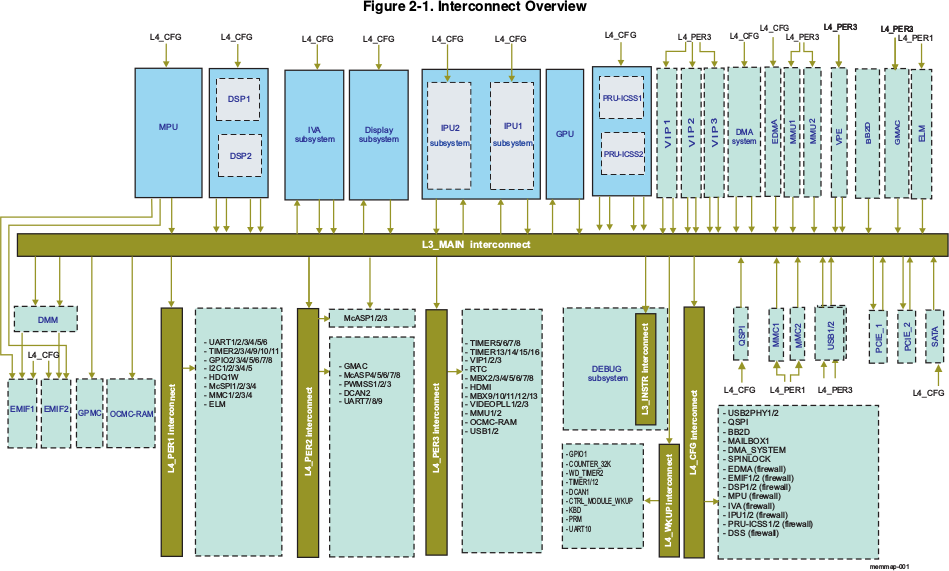Tool/software: TI-RTOS
Dear all!
I need to permanently translate some peripheria registers to some MPU0 memory address. How it do correctly?
I try to use EDMA::QDMA channel. According processor technical reference manual, EDMA channels has "constant addressing mode". This mode work if Source or Destination is FIFO and its address is align by 256 bit.
So, i configure params of QDMA channel:
- OPT with flags: STATIC, FWID_32BIT (one register, for first time), DAM
- DST
- SRC
- ACNT=4
- BCNT=1
- CCNT=1
- SRCBIDX=0
- DSTBIDX=0
- SRCCIDX=0
- DSTCIDX=0
- LINK=0xffff
- BCNTRLD=0
And it not work. If i use INCRIMENT mode, transaction is proccessed seccessful, but only first time.
Ofcourse, i can use interrupt handler for reenable transaction, but it wrong way.
Why the "constant addressing mode" is not work?
What is true way for this purpose?
Thankyou




